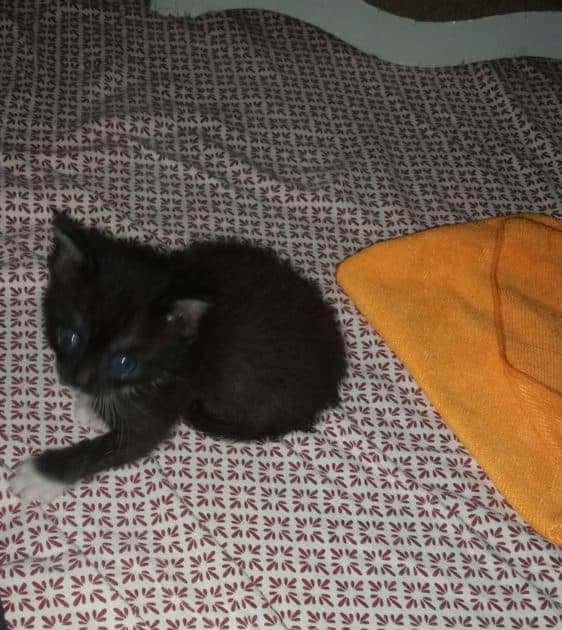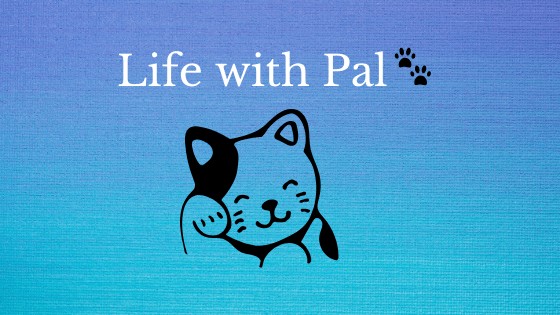Last updated on July 5th, 2024 at 11:54 am
This post may contain affiliate links. If a product or service is purchased using a link(s) in the post below a small commission may be earned.
Last updated on July 5th, 2024 at 11:54 am
Litter box training can be a bit tricky when you have a very young kitten. At times you may not know where to begin or even how to introduce your kitten to a litter box.
the basic things you will need are the following:
[su_list icon=”icon: paw” indent=”1″]
- a container (of your choice)
- Litter (of your choice)
[/su_list]
Opitional items:
A litter scoop
A litter mat.
a quick note
Always make sure to monitor your kitten when you are introducing them to litter boxes and litter. Many kittens like to taste their litter so it’s always a good thing to make sure they don’t eat it.
A container
A litter box can be anything you’d like to use from a small bin to a traditional litter box.
You can start off simple with a shallow box. I would suggest you let your kitten investigate and play in the box before adding the litter.
With Dylan, Teddy, and Sam we used a plastic bin when they started litter box training. We let them play in it before they began using it. They would climb in and out of it even hide behind it.
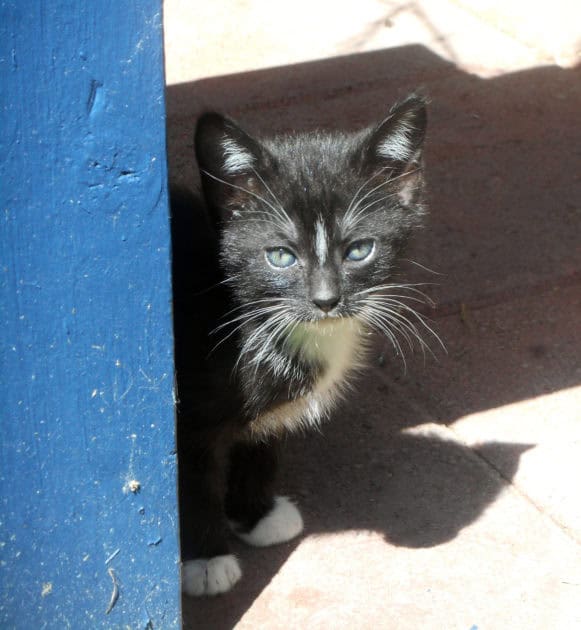
Dylan
Dylan is a black and white kitten. I was able to capture this picture of him as he explored my backyard. He was hiding near a bench.

Teddy Series
A photo set of Teddy. Teddy is a beige kitten with a dark face, paws, and tail. He loves cuddles. He is the brother of Dylan and Sam. One photo is a close-up of him exploring the yard. The second is one of him napping.
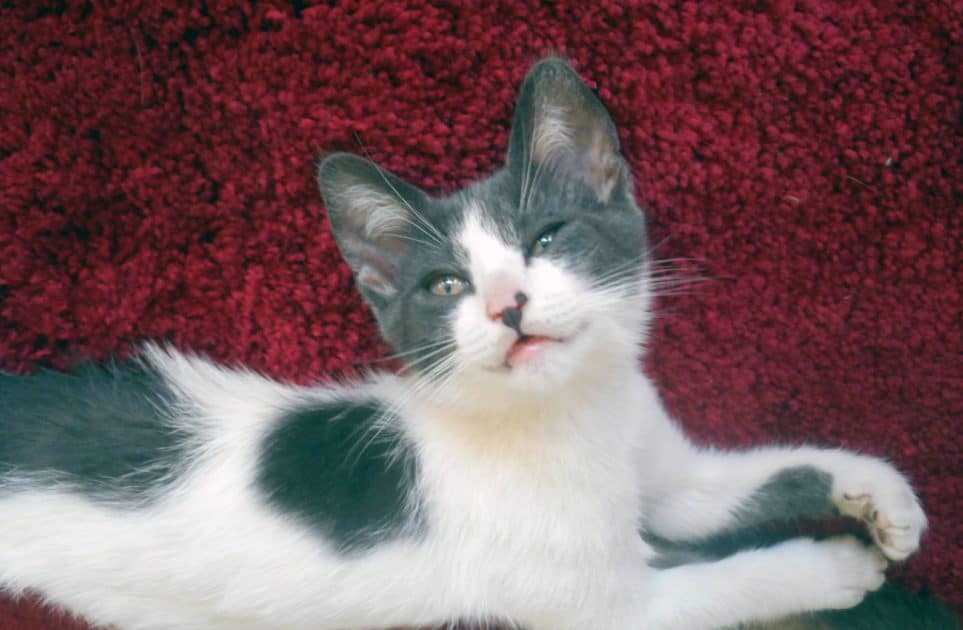
Sam facing upward
Sam is a white with dark gray kitten. He is a brother to Dylan and Teddy. He’s very sweet and loves cuddles. He had been enjoying a rest.
The great litter debate
I’ve read that kittens shouldn’t use clumping litter until they are over 4 months old. That being said there are a few options to go with when starting to litter box train your kitten.
It’s every owner’s preference and budget. Yet I’ve used a few natural litters in the past and can say some are messy. others may just stick to your kitten.
Non-clumping litter
Non-Clumping Litter is basically any litter that doesn’t clump when it’s wet. This can be clay-based or plant or synthetic-based litter. You will need a scoop for these products to remove solid waste.
Clay based litter
Clay is usually the standard when it comes to cat litter. Some people like this some don’t. It can be dusty and it may stick to the litter pan.
most clay non-clumping litters are pretty simple the liquid seeps into it. the solids stay on top. They may offer odor control and may have scents.
The main point is that it shouldn’t stick to your kitten’s paws or fur. Also, it may not bind in your kitten’s stomach if they eat a small amount of it.
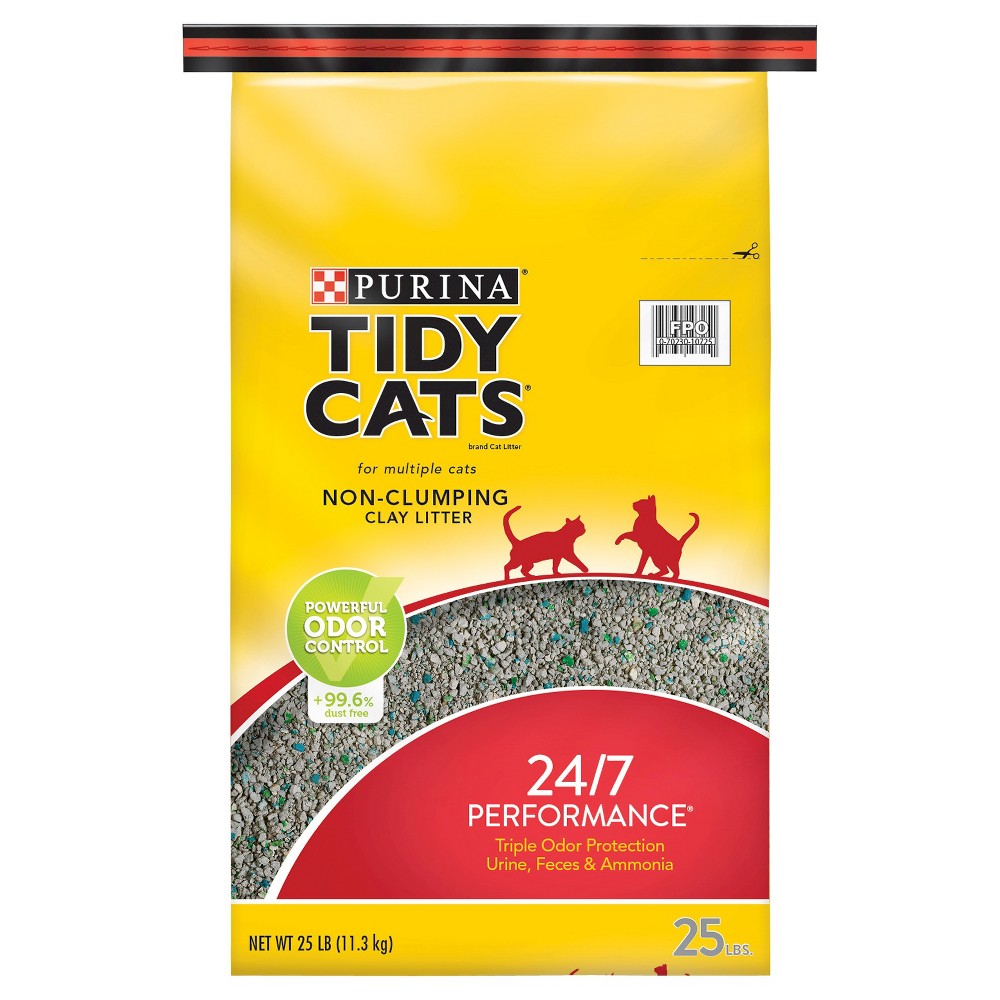
Crystal litter
Crystal litter is okay. It can be very messy and you will need to make sure that the crystals don’t stick to your kitten. Sometimes the litter can be highly scented or the crystals can be a bit jagged.
With the boys, I tried Dr. Elesy’s crystal litter. it was okay but was a bit rough and a few crystals stuck to Sam’s bottom.
When Pal was little I had used Fresh Step. The crystals were a bit larger and it worked well. But I know the odor control may vary by brand as well depending on the age of your kitten.
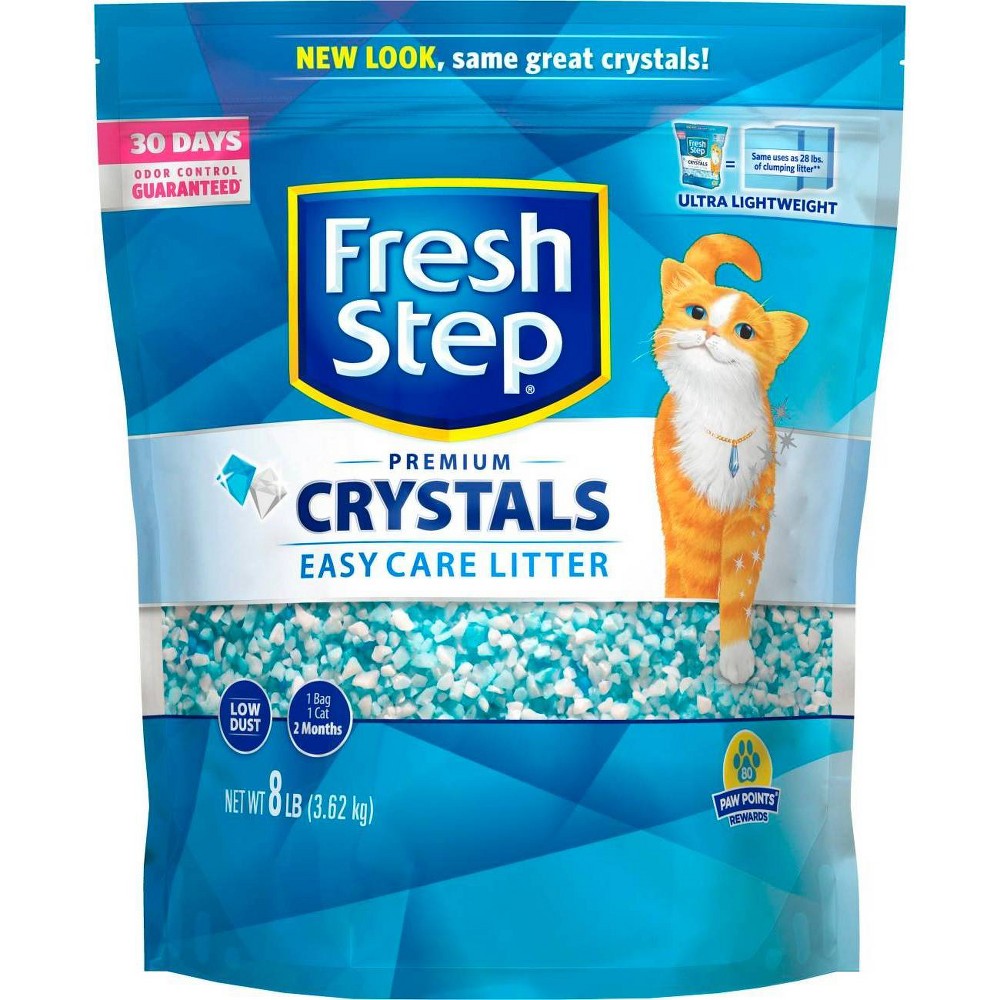
Once again you will need to make sure your kitten doesn’t eat the litter this type of litter can dehydrate your kitten.
Plant based Or natural based litters
There are a variety of plant-basted or natural-based litters. These may range from wheat, paper, and even wood-based litters.
Paper litter
Many people suggest you used paper-based pellet litter for young kittens. I’ve used these and there are a few pros and cons.
For young kittens, the pros and cons are the following:
| Pros | Cons |
|---|---|
| Easy to use. | Kittens may try to eat the litter. |
| Cost-effective. | Not very good with odor control |
| Easy on kitten paws and doesn’t stick to their fur. | Can become a wet soggy mess |
I would also suggest you read the info on the paper pellet cat litter before purchasing it. if you live in the state of California (like I do) some have the Prop 65 warning that states it may be toxic. I assume this has to do with the adhesive or processing of the paper pellets.
This is also another litter you’d like to make sure your kittens don’t eat.
Natural litters
There are a few different litters that are made from natural products such as wheat, nuts, and even pine or wood peices.
These litters may need to be researched. I can say that I once picked up a wood based litter and found that it was a bit chunky and was poking through the bag.
Can you imagine how your kittens would feel standing on it?


All of these would be up to you and your kitten to decide which products are right for them. It’s a trial and error process.
a litter alternative
If you find the task daunting to find the right litter for your kitten I have a suggestion. Use shredded paper in the litter box.
This works great with young kittens and saves trips to the store. Let’s face it we all have junk mail we can shred.
Any type of shredded paper wil work. I would suggest a larger cut paper. Strips or a cross cut or micro cut. You can even cut up the paper with scissors.


You can see examples of these cuts by visiting the post from Recycling.com and Fellows has a video that explains the cut options as well. Nano cut may be too small to use and may be a bit dustier then the larger shredded paper.
You can line the litter box with newspaper or other paper. If you are using a shallow box make sure to line it with a bag before adding the paper.

You will need to make sure your kitten doesn’t try to eat the paper but once they get the hang of using the litter box they will love it.
Winnie loves her’s and she knows when to use it now as well.
Once you need to change the paper you can throw it away or if you have a place in your garden you can compost it. If you opt to compost it use only the damp paper and use it for a non-food garden.
I hope this info was helpful. Which litter’s do you use?


